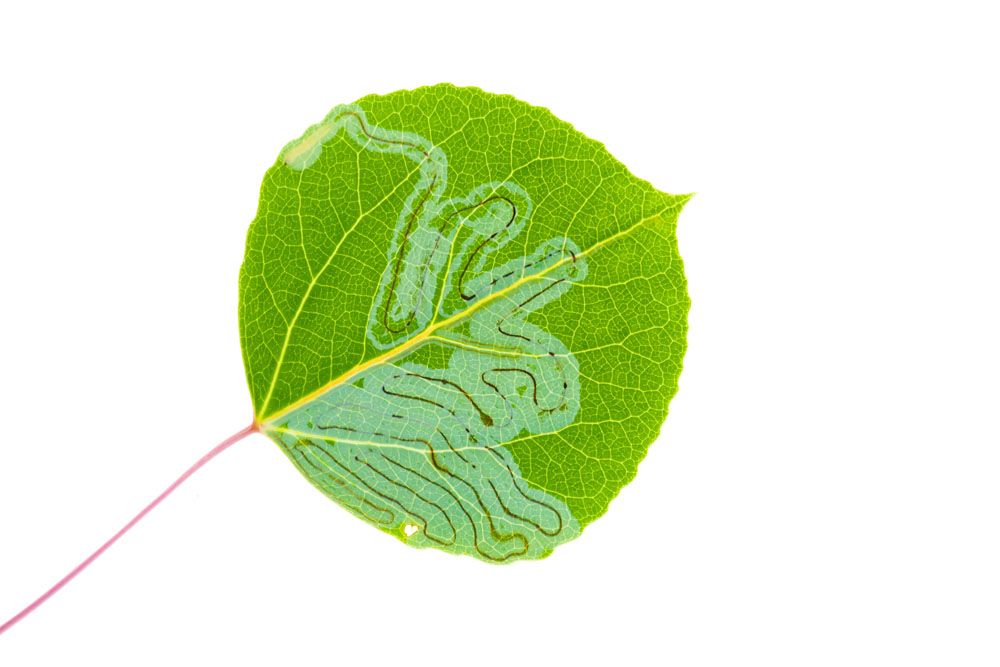
Aspen Leafminer – Phyllocnistis populiella
Aspen Leaf Miner: Appearance, Territory, Damage and Life Cycle
Latin Name: Phyllocnistis Populiella
Appearance: In western North America, the aspen leaf miner has lately become frequent and plentiful. Aspen leafminers are small moths with wingspan of approximately 1/4 inch (6 mm), thin, lance-shaped white wings speckled with brown and black patterns, and rather long, thread-like antennae. Moths have a peculiar resting position in which they stand tall on their front legs, their bodies inclined downward, and the tips of their hair-fringed wings rest on the surface behind them. Aspen leafminer is a transcontinental species that appears to be distributed throughout the western United States wherever aspen grows.
Hosts Plants: Similar mines have been discovered on cottonwood, poplar, and willow, although they are most likely created by different species.
Territory: North America
Damage Insect Cause: The larvae eat the contents of epidermal cells on the top and bottom surfaces of quaking aspen leaves, leaving the photosynthetic tissue in the mesophyll unharmed. Although this type of feeding is restricted to a small percentage of leaf mining insects taxonomically, it can cause significant plant damage during epidemics. Leaf tissue mining causes the leaves to dry up and turn brown, which can lead to early leaf loss, especially in severe infestations. Large populations give the impression of silvery aspen groves when viewed from a distance.
Life History and Habits: Each year, the aspen leafminer produces one generation. Moths emerge from hibernation in early spring, roughly coincident with aspen leaf flushing, and feed for several weeks on nectar generated by glands near the base of new aspen leaves. After mating, females deposit single eggs on the edge of newly opened aspen leaves, and the female folds the leaf edge over to make a safe refuge for her eggs until they hatch. Larvae feed on the tissue between the two leaf surfaces using sickle-shaped jaws, without shattering the leaf cuticle. The last larval stage is not feeding.
New adults appear in late summer, before or during leaf senescence, and remain active for several weeks. Adult moths seek for safe places to overwinter in the fall. Other moths and flies mine aspen leaves as well, but they do not form the distinctive mines and do not pupate within them.
